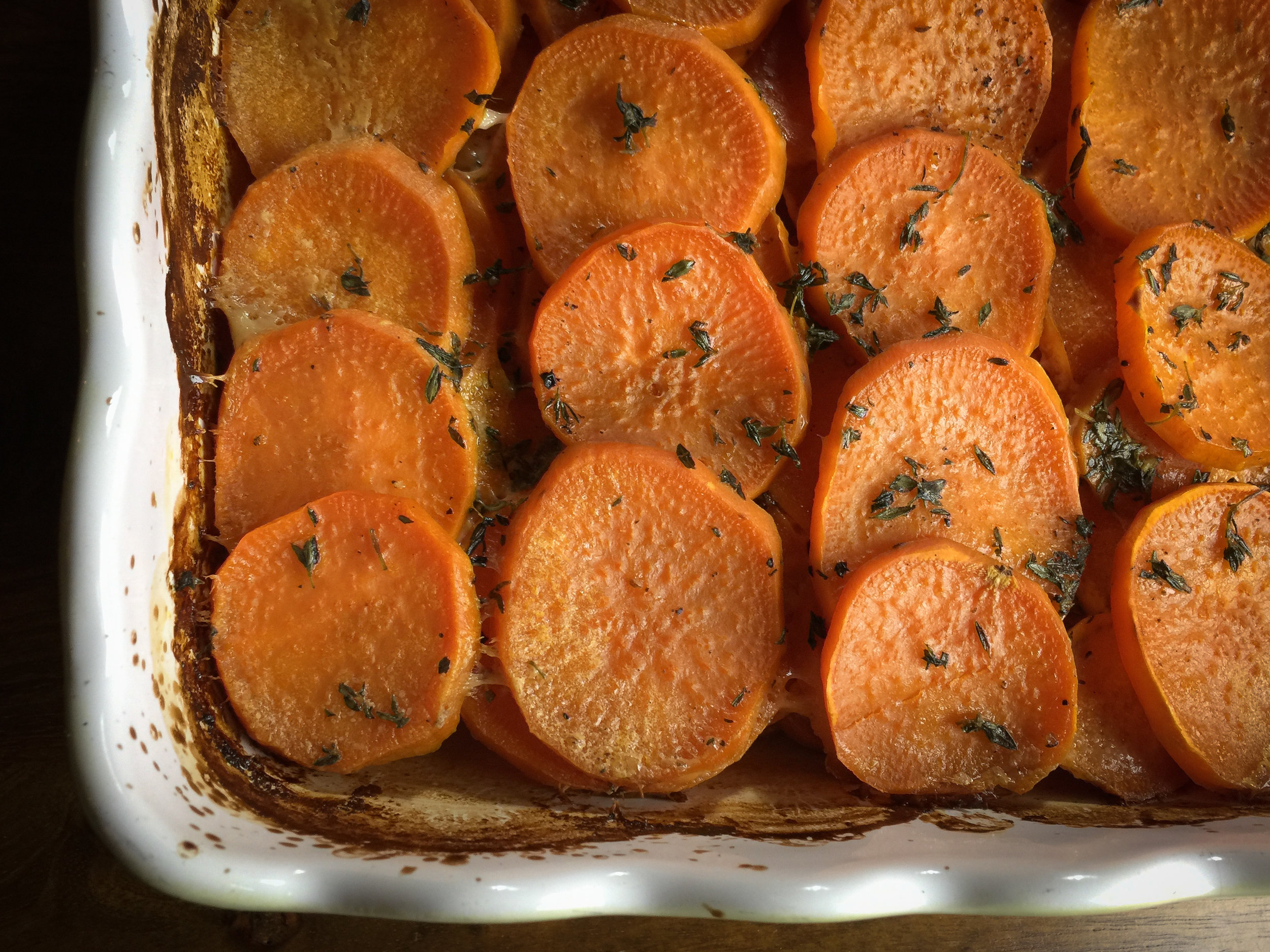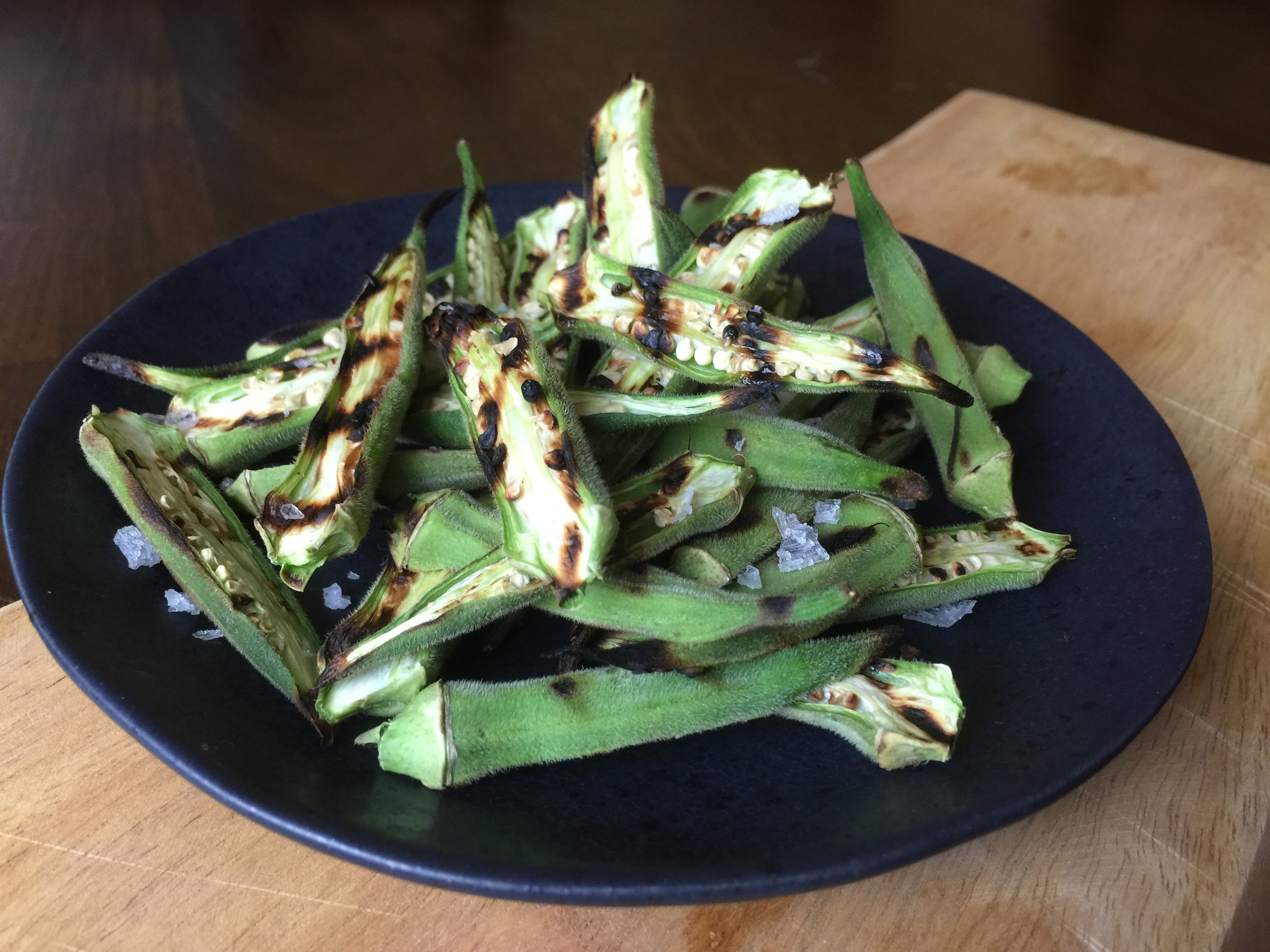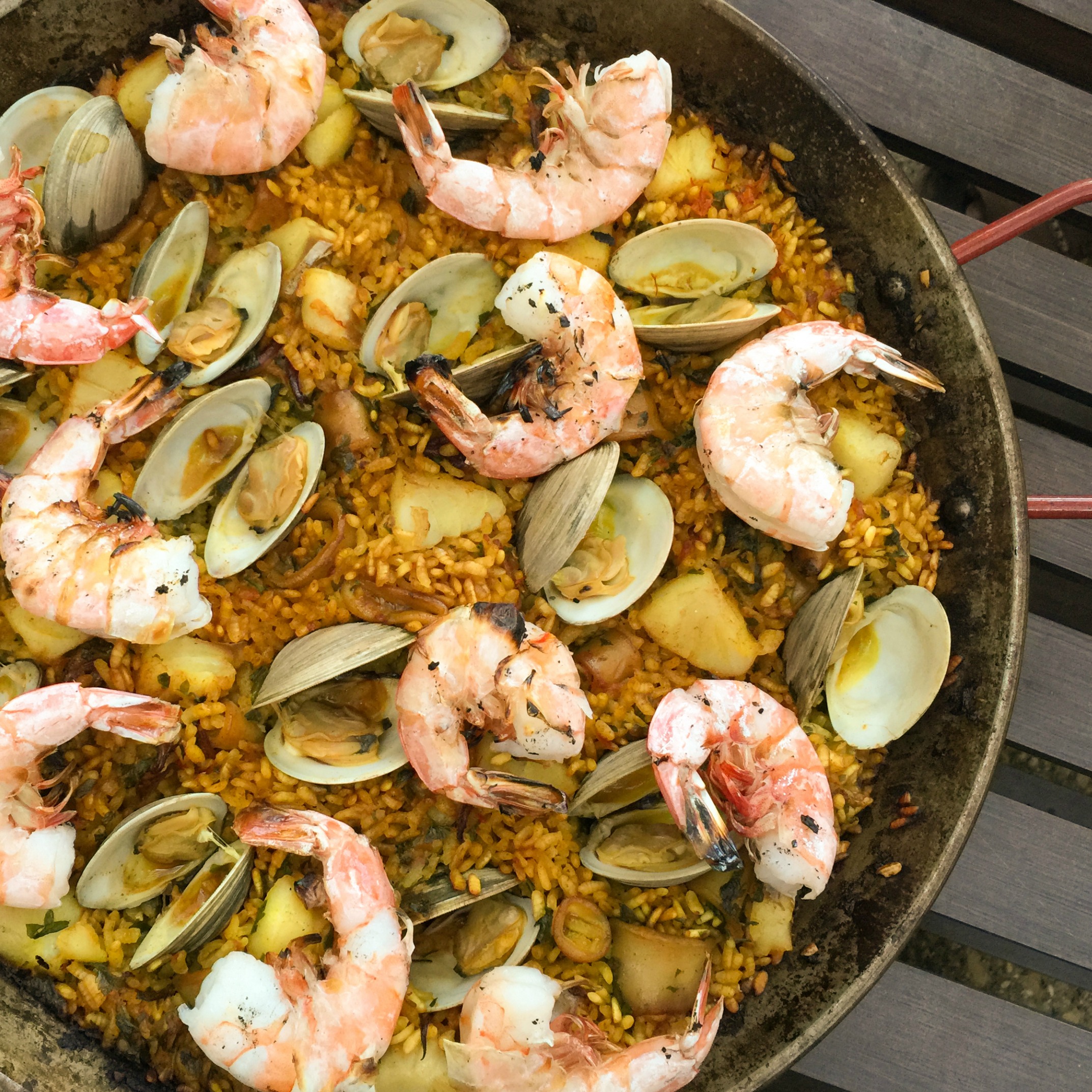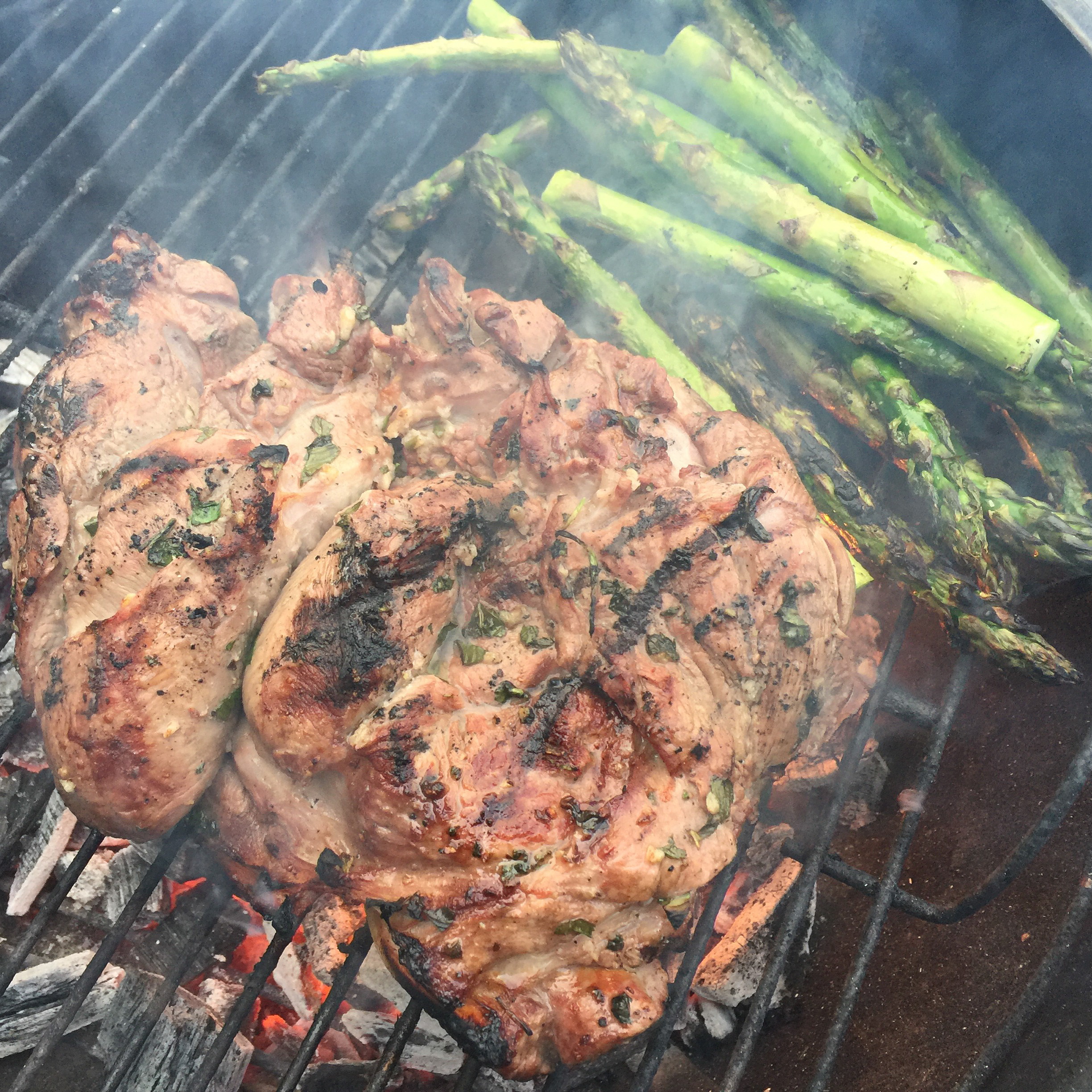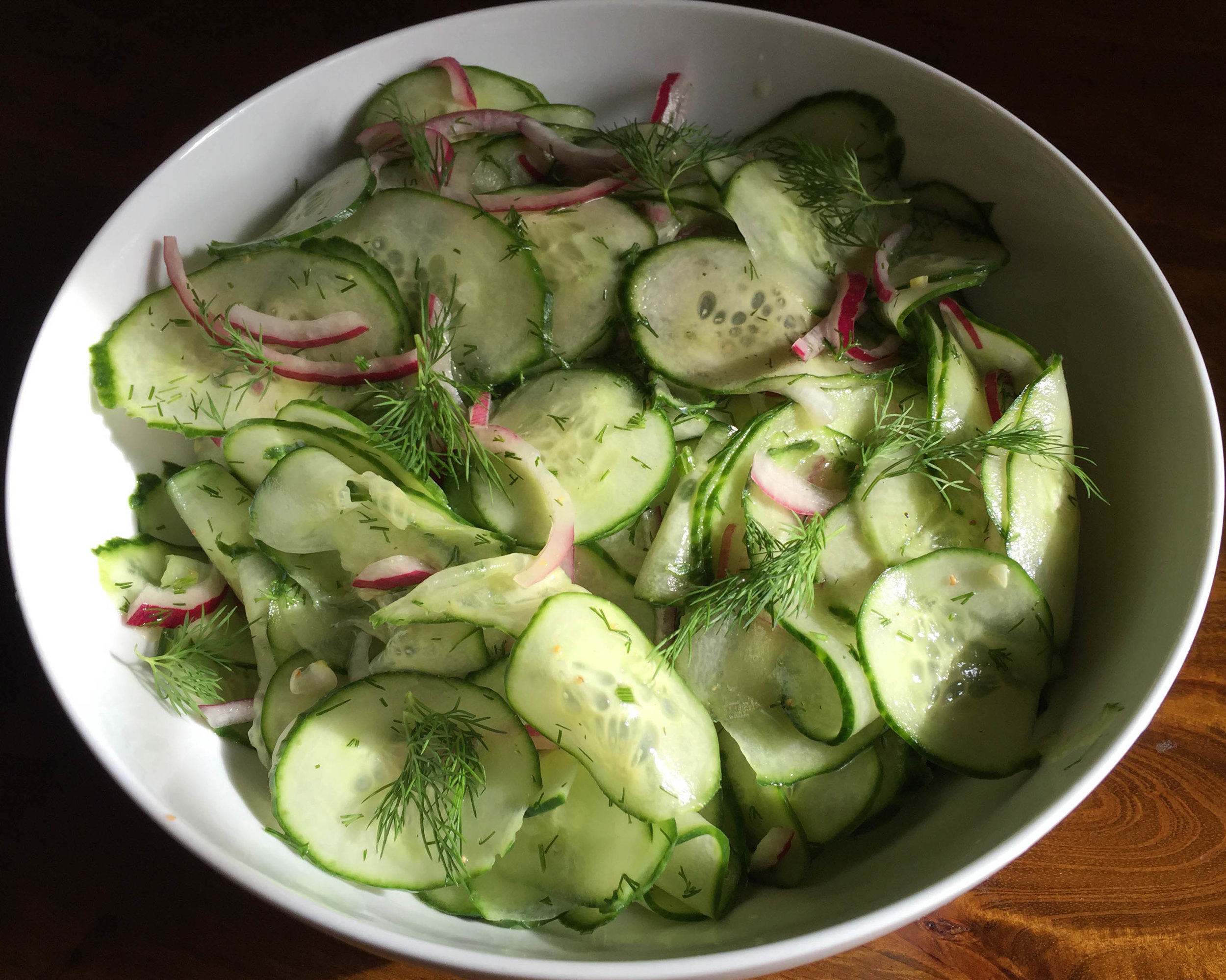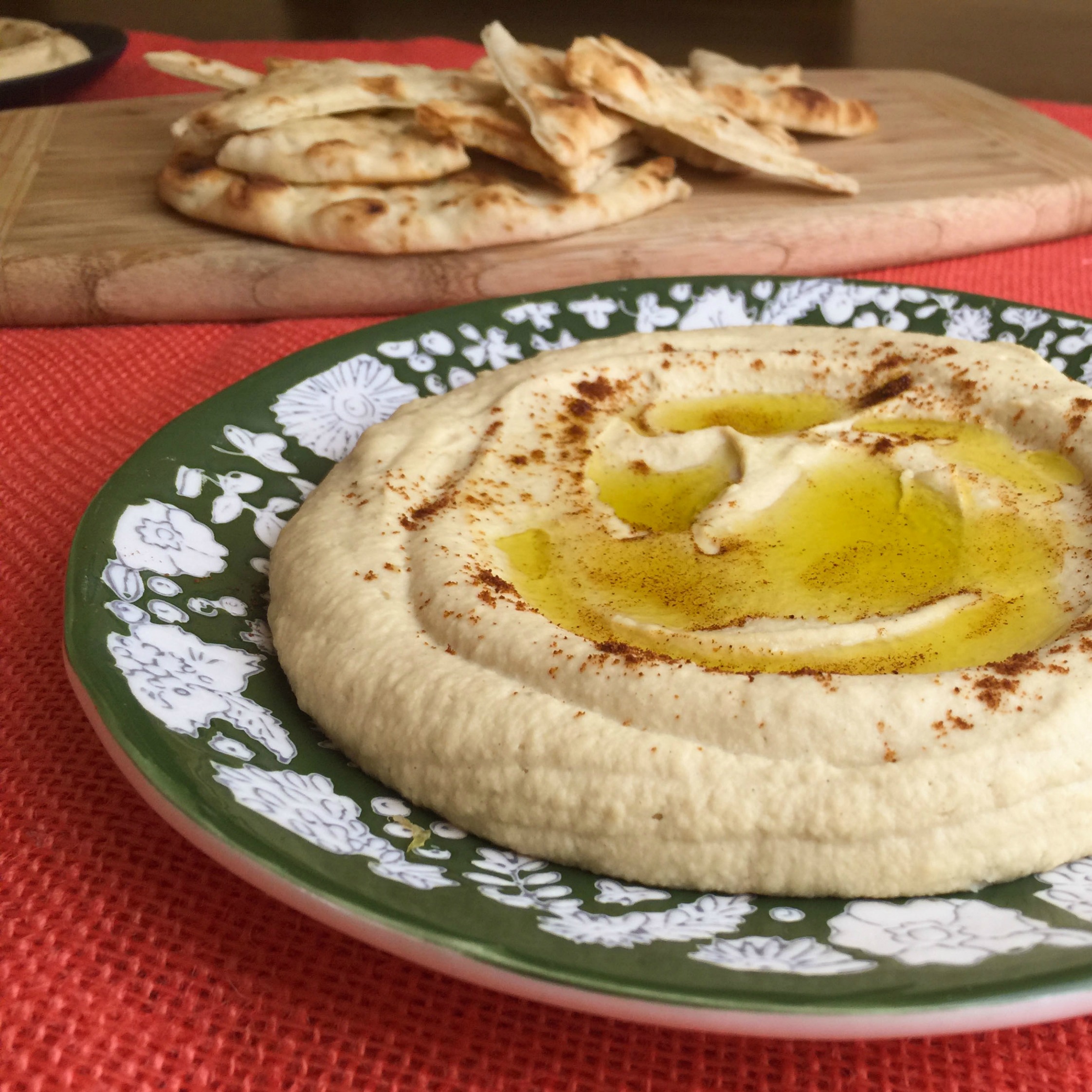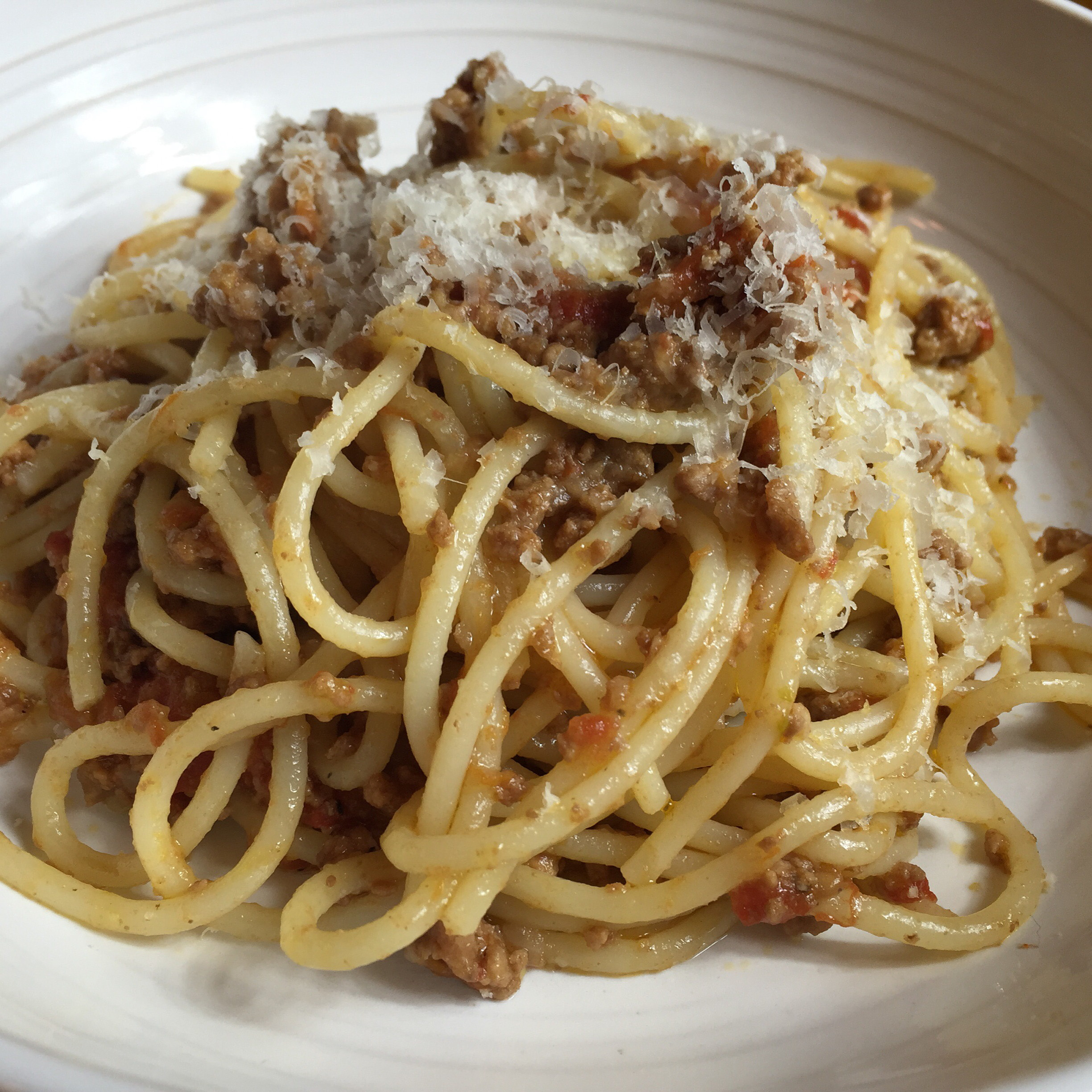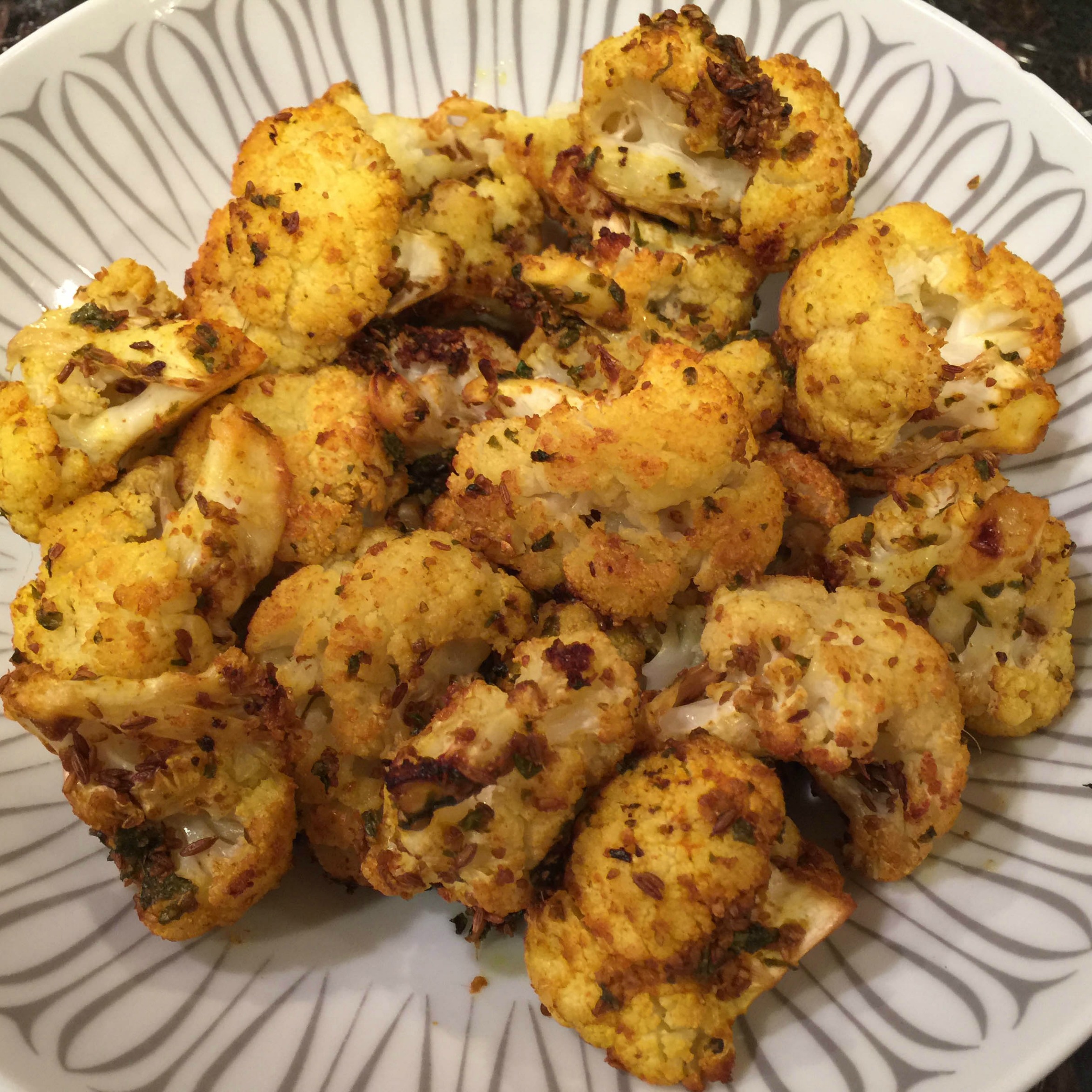It's only mid-December, and I'm already feeling like eating clean – at least in-between holiday parties and festive feasts. And here in Dallas, it's soooooo cold outside!
What could be nicer, in such a circumstance, than the prospect of a big pot of soul-warming soup simmering on the stove? I'm thinking green lentils. And turmeric – for its strong anti-oxidant properties. And baby kale. And then a bunch of other stuff to make it delicious.
That's what I thought yesterday morning, when it was 70 outside but I knew it was headed down to the 40s by the afternoon.
I already had everything I needed to make the soup coming together in my head, except one key ingredient: I headed out at around 11 to pick up a cello-pack of baby kale at Trader Joe's.
By lunchtime the soup was ready – and the house filled with wonderful aromas. That's how quick and easy it is to achieve.
The only work is chopping a few aromatic vegetables (onion, celery, carrot, garlic) and opening a can of tomatoes. (Make sure your tomatoes don't have sugar in them, or the soup won't be so detoxifying.) Sauté the veg in a little olive oil, add turmeric, coriander and herbs, then the lentils, tomatoes and water.
Did I mention that the recipe is vegan?
When the lentils are tender, throw in a bunch of baby kale, then let a cook a few more minutes till it all comes together. Lentils cook pretty quick, so it'll be done in just about an hour.
Oh, baby – it turned out even better than I dreamed: lightly spiced, aromatic, earthy, soulful and satisfying. I knew Thierry would want some: Lentils are one of his favorite foods. But even Wylie (yes! He's home for winter break!) went along for the ride – that's how good it smelled. He'd just awakened at noon (college kids!) and had a bowl with us, just after his bagel and coffee. He loved it.
Here's the best part. When I woke up this morning it was 15 degrees outside – 4 with the wind-chill factor. The tree is now decorated. We have plenty of firewood. This evening, we're going to our friends' holiday open house.
Meanwhile, I know what I'm having for lunch.



















